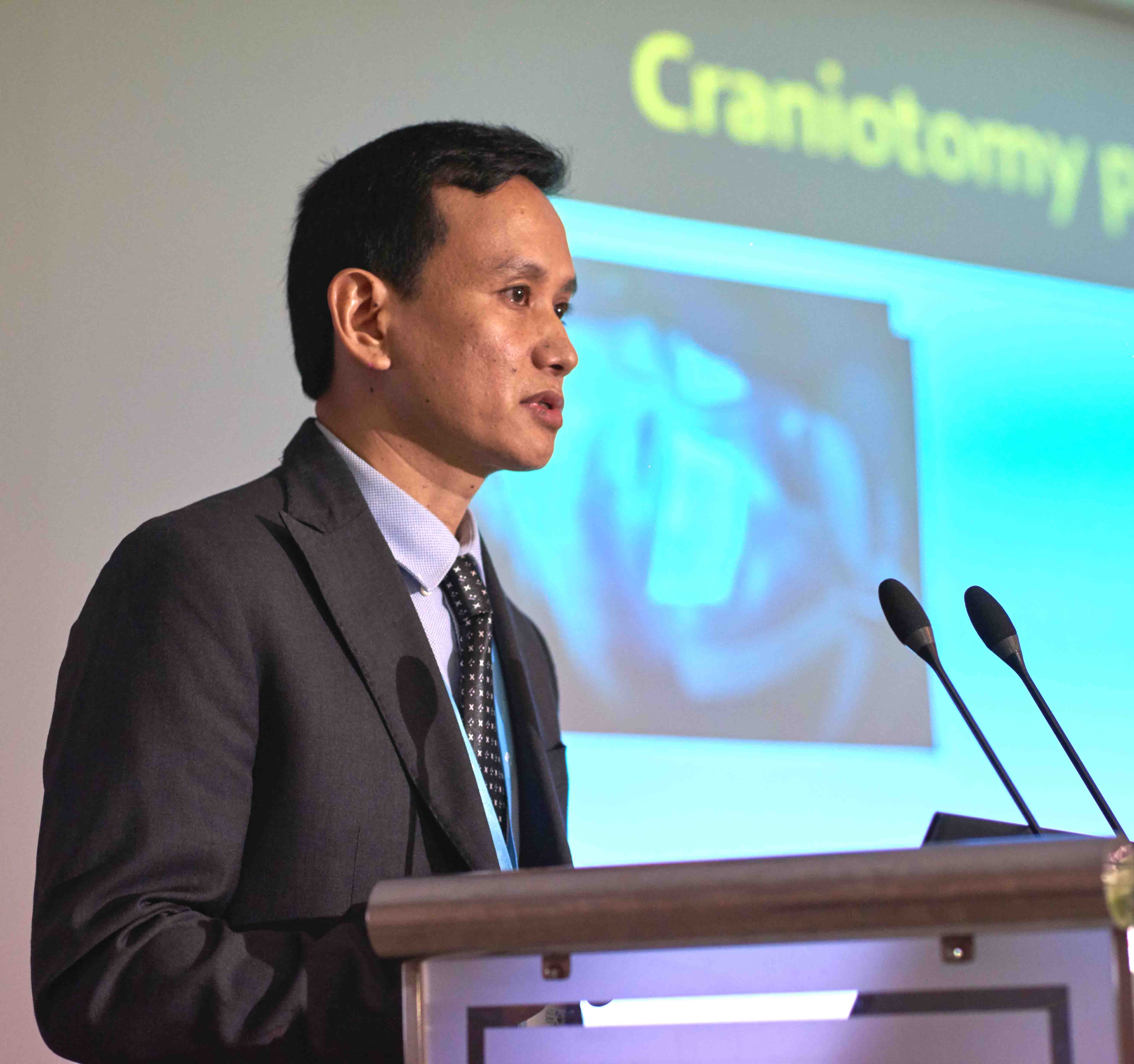KEYHOLE SURGERY FOR SKULL BASE LESIONS THROUGH SUPRACILLIARY INCISION:.AN INITIAL EXPERIENCE AT A CORPORATE LEVEL TERTIARY NEUROSURGICAL CENTER AT KATHMANDU, NEPAL

Dr. Chandra Prakash Limbu
Senior Consultant in Neurosurgery
ADK Hospital, Male'
Senior Consultant in Neurosurgery
ADK Hospital, Male'
Basant Pant
Department of Neurosurgery, Annapurna Neurological
Institute and Allied Sciences (ANIAS), Kathmandu, Nepal.
Introduction:
Various surgical approaches can be used to operate frontal skull base lesions. The supraorbital keyhole approach popularized by Perneczky is also used to access skull base lesions such as tuberculum sellae meningioma, diaphragm sella meningioma, craniopharyngioma and vascular lesions particularly anterior communicating (ACom), posterior communicating (PCom) and proximal Middle cerebral artery (MCA) aneurysms. The goal of this approach is to adequately access the outcomes of skull base lesions limiting trauma to the skin, bone, dura, and brain using keyhole approaches.
Methodology:
A case series study after getting consent from the patient or their legal guardians was conducted at Annapurna Neurological Institute and Allied Sciences (ANIAS), Kathmandu, Nepal from 2010 to 2015 after getting ethical clearance from Annapurna Research Center. Total of 19 patients (15 aneurysms and 3 other lesion) were operated in 10 females and 9 males with Mean±SD age 42.4±1.2 years. Majority of aneurysm patients had Hunt and Hess grade 4 whereas majority of other lesions had symptoms of Headache and visual disturbances. Surgery was performed through supraciliary incision and small 3X3 cm craniotomy (keyhole) opening the cisterns for relaxed brain and easy accessibility.
Result:
All the operated patients had good surgical outcomes with no mortality. There was no post-operative intra-operative rupture or post-operative rebleeding of the aneurysm. Among 3 other lesions, none had any intra or post-operative complications. Major complications however were the palsy of frontalis branch of facial nerve complication (n=9) followed by forehead hypoesthesia (n=3). Four patients had frontal sinus opened with no postoperative CSF rhinorrhoea. One patient had subgaleal collection. All patients were managed with standard protocols and discharged.
Conclusion:
The supraorbital keyhole approach through eyebrow incision is suitable approach to selected anterior, middle and posterior cranial base lesions. Even though there is some technical limitation because of its narrow working angle, it offers fewer traumas to the tissue than standard pterional craniotomy.
Keywords:
Minimal Invasive Surgery, Eyebrow incision, Keyhole, Skull Base.
